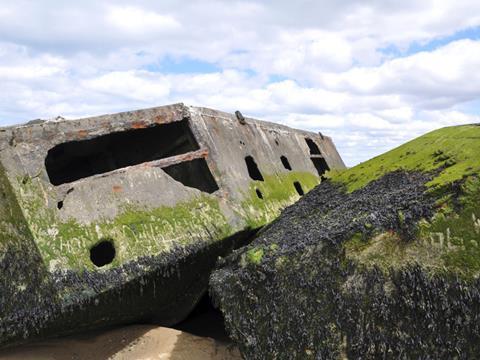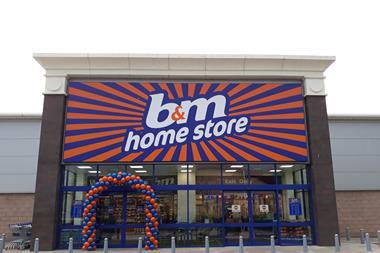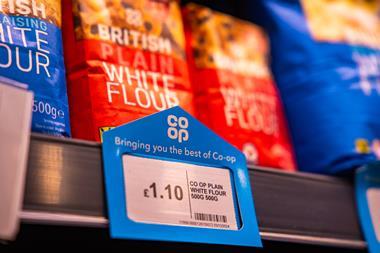Today marks the 70th anniversary of the D-Day landings, when more than 150,000 Allied troops crossed the English Channel to land on the beaches of Normandy and begin the invasion of German-occupied Western Europe.
I will leave it to more knowledgeable and qualified commentators to talk about the dramatic events in France seven decades ago, but media coverage of the anniversary got me wondering about what was happening on the home front in June 1944 and, specifically, in the grocery industry.
The Grocer magazine – published weekly since 1862 – had its own role to play in the war, and worked closely with the Ministry of Food to keep Britain’s retailers and suppliers informed of vital issues such as changes to rationing allowances and availability of commodities.

Looking at archive issues of the magazine around the time of the Normandy landings – and particularly shortly after – it is clear many minds were focused on what would happen after the war, and the possibility of it ending that year (although victory in Europe would not be declared until May 1945). Concerns included what help traders might receive when it came to rebuilding premises damaged or destroyed by bombing, while the Bacon Importers National (Defence) Association Ltd (BINDAL) was discussing when its members might be able to begin importing bacon again.
One correspondent offered a lengthy and detailed post-war plan for the grocery industry that would “abolish price-cutting; abolish destructive competition between chain stores, co-ops and the private trade; close down redundant and unhygienic food shops; help to raise the standard of the trade as a career for young men; and help to raise the health standards of the nation”.
And, presumably a result of diminishing fears of potential invasion by enemy forces, UK shops were given permission to re-erect previously outlawed signs carrying place names that could be “read and understood from a highway or railway train”. There was also good news for sausage fans, with the Minister of Food announcing meat supply had improved and the minimum meat requirement in sausages was being increased from 37.5% to 50% (Alarmingly, it’s possible to buy budget bangers today that contain less meat than that).
But it wouldn’t be a trade mag without grumbles, and The Grocer reported that one of the chief causes of industry complaint in June 1944 was an issue dubbed “the switch”, which allowed shoppers to use their sugar and preserves rations for either jam or sugar. This, said some suppliers, made it hard to forecast demand and plan production, and retailers complained of availability issues.
Industry thoughts also turned to what was happening in Normandy, of course, and traders were reminded to ensure delivery drivers did not impede military convoys or vehicles. There was even talk of when mashed potato powder – a recent innovation that had just gone into commercial production – would be available to send to our troops in France.
D-Day also left the grocery trade with a legacy that endures today. The humble wooden pallet was mass produced for the first time in the run-up to the landings – one of the largest logistical operations in history – to help manage and move the vast quantities of supplies required.
So today, if you are setting up yet another foyer display of beer or washing powder, spare a moment to think of what pallets were being used for 70 years ago, and what the world owes to those who used them.



















1 Readers' comment